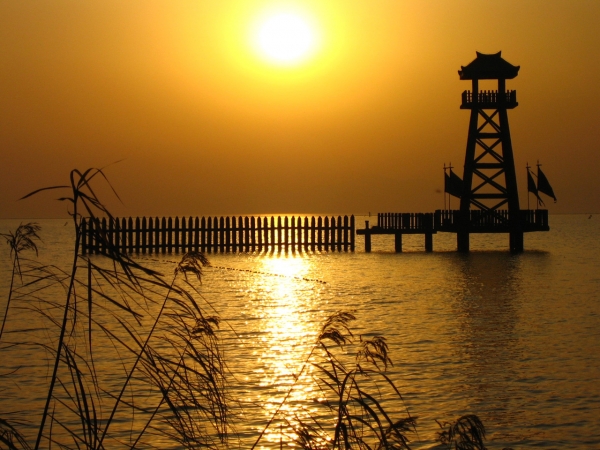As the world’s most populated nation, China does things on a massive scale. Apparently not lacking in construction dollars, China has undertaken what’s been labeled the modern world’s most expensive construction project ever: The South–North Water Transfer Project. China is mounting an effort to divert the Yangtze River, the world’s third longest river, from three locations in China’s southern provinces to industrial northern regions where water is becoming very scarce and where pollution and conflicts over water access are rampant. Various articles on the South–North Water Transfer Project estimate a potential cost of approximately $60 billion USD across its three component routes and project completion times that vary by several decades, up to 50 years.

The scale of the South–North Water Transfer Project will impress anyone interested in engineering. Concern is widespread about the environmental impacts this project will have, and the lessons learned during this project will apply elsewhere. The United States has and will continue to have water shortage issues in the Southwest, where we have a mixed history of our own of diverting rivers for irrigation and human consumption. (In a previous blog I mentioned the Salton Sea mishap.) In the case of the South–North Water Transfer Project, social and environmental concerns range from what this diversion of river water will do to the social stability of China to how it will impact the water supplies of neighboring countries.
The goal of the South–North Water Transfer Project's western route is to connect the headwaters of the Yangtze and Yellow Rivers via tunnels and aqueducts through the Tibetan mountains and highlands. This phase has not yet begun and will likely be the most difficult and expensive, accounting for over half of the projected total cost. The current Chinese plan for the western route has India and Bangladesh seriously questioning the future impacts of this project on their own river systems.
Work on the central route of the South–North Water Transfer Project is well underway but has temporarily stalled until some environmental impacts are further studied. The central route will carry water from the Han River (a Yangtze tributary) from south-central China directly into Beijing, about 800 miles to the north, via a new man-made river system. One big challenge the central route presents will be routing the diverted water underneath the Yellow River via a tunnel system.
The eastern route will connect the Yangtze River, at a point about 100 miles west of Shanghai, to the city of Tianjin, hundreds of miles to the north. The eastern route is the easiest and cheapest to construct and reuses existing waterways, including the old Imperial Grand Canal.
The Chinese hope that this massive project will solve the chronic water woes of their northern provinces. As the effects of climate change and population growth manifest themselves further in the future, projects like the South–North Water Transfer Project are sure to become viewed as necessities by world governments; such projects highlight the careful balance required between economic development and environmental stewardship in the 21st century.

Andrew Kimos
Andrew Kimos completed the civil engineering programs at the U.S. Coast Guard Academy (B.S. 1987) and the University of Illinois (M.S. 1992) and is a registered Professional Engineer in the state of Wisconsin. He served as a design engineer, construction project manager, facilities engineer, and executive leader in the Coast Guard for over 20 years. He worked as a regional airline pilot in the western U.S. before joining the Buildipedia.com team as Operations Channel Producer.
Website: buildipedia.com/channels/operations
